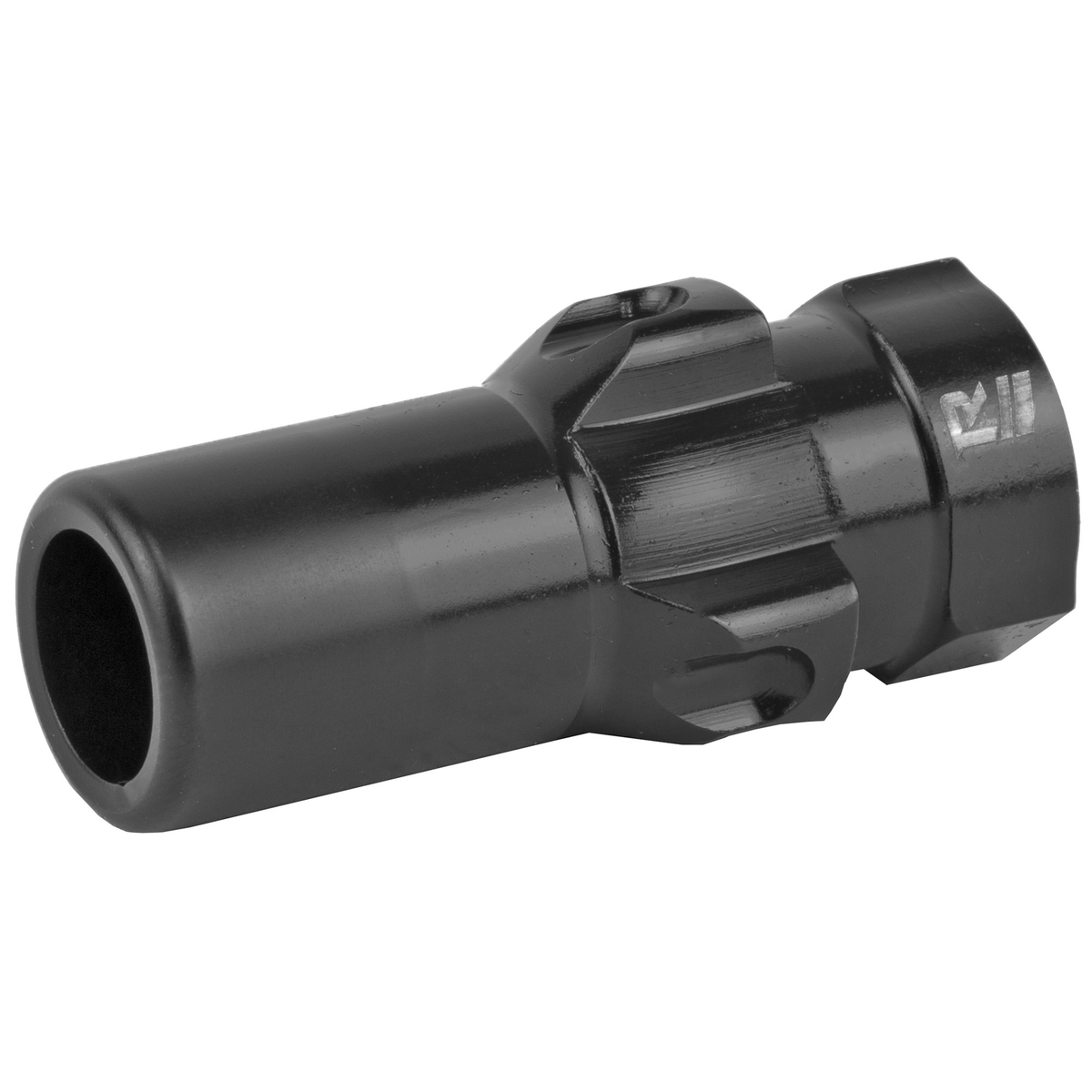

Articles
What Is A Lug Adapter
Modified: December 7, 2023
Discover the benefits of using lug adapters with our comprehensive articles. Learn how they can improve your vehicle's performance and enhance its appearance.
(Many of the links in this article redirect to a specific reviewed product. Your purchase of these products through affiliate links helps to generate commission for Storables.com, at no extra cost. Learn more)
Introduction
When it comes to modifying vehicles, enthusiasts often seek alternative ways to enhance performance, appearance, or functionality. One such modification that has gained popularity in recent years is the use of lug adapters. These small, but essential, components play a significant role in the customization of wheels and tires, offering a versatile solution for fitting different bolt patterns and offset sizes.
In this article, we will delve into the world of lug adapters, providing a comprehensive overview of what they are, how they work, and their benefits and drawbacks. Whether you are a seasoned car enthusiast or simply curious about vehicle modifications, this article will equip you with the knowledge you need to understand and make informed decisions when using lug adapters.
Key Takeaways:
- Lug adapters are versatile components that allow for expanded wheel compatibility, easy bolt pattern conversion, and flexibility in offset adjustments, providing car enthusiasts with a wide range of customization options.
- While lug adapters offer benefits such as cost savings and enhanced wheel performance, it’s crucial to prioritize safety, proper installation, and regular maintenance to ensure optimal fitment and minimize potential drawbacks.
Read more: What Is An Adapter
Definition of a Lug Adapter
A lug adapter, also known as a wheel adapter or bolt pattern adapter, is a device used to change the bolt pattern of a vehicle’s wheel. The bolt pattern refers to the arrangement of the holes on the wheel hub that align with the studs on the vehicle’s axle.
Lug adapters are typically made of high-strength aluminum or steel, designed to be durable and capable of withstanding the forces exerted on the wheel during normal operation. They come in various sizes and configurations to accommodate different bolt patterns, allowing vehicle owners to install wheels with different bolt patterns on their vehicles.
The lug adapter consists of two main components: the hub-centric ring and the wheel-centric flange. The hub-centric ring fits over the vehicle’s wheel hub, ensuring proper alignment and load distribution. The wheel-centric flange acts as the interface between the lug adapter and the wheel, providing the necessary bolt holes for the wheel’s mounting studs.
By using lug adapters, it becomes possible to mount wheels with different bolt patterns onto a vehicle that would otherwise not be compatible. This opens up a world of possibilities for car owners who want to personalize their vehicles or optimize performance by fitting wheels with different offsets or sizes.
It is important to note that lug adapters should be used responsibly and installed correctly to ensure proper wheel fitment and safety. Consulting with a professional or knowledgeable technician is recommended to ensure the correct lug adapter is used and that it is installed properly.
Types of Lug Adapters
Lug adapters come in various types and configurations to suit different vehicle and wheel requirements. Understanding the different types of lug adapters can help you choose the right one for your specific needs. Here are some common types:
- Hub-Centric Lug Adapters: Hub-centric lug adapters are designed to ensure proper centering of the wheel on the vehicle’s hub. They have a hub-centric ring that matches the diameter of the vehicle’s hub, minimizing vibrations and promoting better wheel balance.
- Wheel-Centric Lug Adapters: Wheel-centric lug adapters prioritize the centering of the wheel on the lug adapter. These adapters have a flange that matches the diameter of the wheel’s center bore, ensuring a secure fit and proper alignment.
- Directional Lug Adapters: Directional lug adapters are used when there is a need to change the bolt pattern in a specific direction. They feature a unique design that allows the rotation of the adapter to achieve the desired bolt pattern conversion.
- Tapered Lug Adapters: Tapered lug adapters have a tapered design, with the thickness gradually decreasing towards the outer edge of the adapter. This design promotes better load distribution and helps prevent stress concentration on the wheel studs.
- Stud Conversion Lug Adapters: Stud conversion lug adapters are used when there is a need to convert the vehicle’s wheel studs from one type to another. For example, they can convert from a threaded stud to a stud with a different thread pitch.
- Paddle-style Lug Adapters: Paddle-style lug adapters feature paddle-shaped extensions that extend the wheel mounting surface outward. They are commonly used when there is a need to create more clearance between the wheel and other vehicle components.
- Offset Lug Adapters: Offset lug adapters allow for changes in the offset of the wheels. They are used to push the wheel further or bring it closer to the vehicle’s body, depending on the desired fitment and appearance.
It is important to choose the right type of lug adapter that matches your vehicle’s specifications and the desired modifications. Consulting with a professional or experienced technician can help ensure that you select the appropriate lug adapter for your specific needs.
Benefits of Using Lug Adapters
Using lug adapters in vehicle modifications offers several benefits. Here are some key advantages of incorporating lug adapters into your customization projects:
- Expanded Wheel Compatibility: Lug adapters allow for the installation of wheels with different bolt patterns on your vehicle. This opens up a wide range of wheel options and gives you the freedom to choose from a variety of styles, sizes, and offsets.
- Easy Bolt Pattern Conversion: If you have a set of wheels with a bolt pattern that doesn’t match your vehicle’s hub, lug adapters provide a simple solution. Rather than having to purchase an entirely new set of wheels, lug adapters can convert the bolt pattern and enable the installation of your desired wheels.
- Flexibility in Offset Adjustments: Lug adapters also provide flexibility in adjusting the offset of your wheels. By selecting the appropriate lug adapters, you can push the wheels further out or bring them closer to the vehicle’s body, achieving the desired stance and appearance.
- Cost Savings: Using lug adapters can save you money compared to buying new wheels or having custom wheels made. Lug adapters allow you to utilize existing wheels with different bolt patterns, eliminating the need for a full replacement.
- Preservation of Original Parts: If you have a vintage or rare vehicle with unique hub patterns, lug adapters can be a valuable tool in preserving the originality of your vehicle. Instead of modifying or replacing the original hub, lug adapters can be used to fit modern wheels while keeping the authentic look intact.
- Enhanced Wheel Performance: With the ability to accommodate a wider range of wheel sizes, lug adapters allow for the installation of larger, high-performance wheels and tires. This can improve traction, handling, and overall driving experience.
It is important to note that while lug adapters offer numerous benefits, proper installation and usage are crucial. Consulting with a professional or experienced technician is recommended to ensure the correct lug adapters are selected and installed correctly, maintaining safety and performance.
Potential Drawbacks of Lug Adapters
While lug adapters offer various benefits, it is important to consider and be aware of the potential drawbacks associated with their use. Here are some potential disadvantages of using lug adapters:
- Increased Stress on Wheel Studs: Lug adapters introduce an additional layer between the wheel and the vehicle’s hub. This means that the wheel studs are subjected to increased stress, as they now have to support both the lug adapter and the wheel. It is crucial to ensure that the studs can handle the added load to prevent stud failure or damage.
- Wheel Alignment and Balance: Improper installation of lug adapters can affect the alignment and balance of the wheels, leading to vibrations or uneven tire wear. It is important to have the lug adapters installed correctly to maintain proper wheel alignment and balance.
- Reduced Strength and Durability: While lug adapters are made from high-strength materials, they may not be as strong as the original wheel hub. This can potentially reduce the overall strength and durability of the wheel assembly.
- Compatibility Challenges: Not all vehicles are suitable for using lug adapters. Some vehicles have specific requirements that may not be compatible with lug adapter use, such as limited clearance between the wheel and other vehicle components.
- Risk of Improper Fitment: Incorrectly selecting or installing lug adapters can result in improper fitment, causing the wheels to sit at an incorrect angle or deviate from the desired position. This can affect the vehicle’s handling, safety, and aesthetics.
- Added Complexity during Wheel Replacement: When it comes to wheel replacement or maintenance, both the lug adapters and the wheels need to be considered, adding an additional layer of complexity to the process compared to standard wheel replacement.
It is important to weigh the benefits against the potential drawbacks when considering the use of lug adapters. Consulting with a professional or experienced technician can help address concerns and ensure that the lug adapters are selected, installed, and used correctly for optimal performance and safety.
Read more: What Is A Video Adapter
How to Choose the Right Lug Adapter
Choosing the right lug adapter is crucial for proper fitment, performance, and safety. Here are some factors to consider when selecting a lug adapter:
- Bolt Pattern Conversion: Determine the bolt pattern of your vehicle’s hub and the bolt pattern of the wheels you wish to install. Choose a lug adapter that can convert the bolt pattern from the vehicle’s hub to match the wheels you want to use.
- Hub and Wheel Diameter: Ensure that the lug adapter is compatible with the diameter of your vehicle’s hub and the center bore of the wheels. The lug adapter should have a hub-centric ring that matches the hub diameter and a wheel-centric flange that matches the center bore of the wheels.
- Thickness and Offset: Consider the desired offset and the available clearance between the wheel and other vehicle components. The lug adapter thickness will affect the final wheel offset. Choose a lug adapter with the appropriate thickness to achieve the desired stance and fitment without compromising safety and clearance.
- Load Rating: Check the load rating of the lug adapter to ensure it can support the weight and forces exerted on the wheels. The load rating should meet or exceed the requirements of your vehicle and the wheels being installed.
- Material and Quality: Opt for lug adapters made from high-quality materials like aluminum or steel. These materials offer durability and strength to withstand the forces encountered during driving.
- Consultation and Expertise: If you are unsure about which lug adapter to choose or how to ensure proper fitment, consult with a professional or experienced technician. They can provide expert advice and assistance in selecting the right lug adapter for your specific vehicle and wheel requirements.
It is important to note that proper installation is crucial for the success and safety of lug adapters. If you are unfamiliar with the installation process, it is recommended to seek professional assistance to ensure correct fitment and minimize the risk of issues arising from improper installation.
When using a lug adapter, make sure to properly torque the lug nuts to the manufacturer’s specifications to ensure a secure fit and safe driving experience.
Installation Process of Lug Adapters
Installing lug adapters correctly is essential to ensure proper wheel fitment and safety. Here is a general guide on how to install lug adapters:
- Gather the necessary tools: Before beginning the installation process, gather the required tools, including a torque wrench, lug nuts, and any other tools specified by the lug adapter manufacturer.
- Prepare the vehicle: Park the vehicle on a flat surface and engage the parking brake. If necessary, use a sturdy jack and jack stands to lift and secure the vehicle.
- Loosen the lug nuts: Loosen the lug nuts of the existing wheels but do not remove them entirely. This will make it easier to remove the wheels later in the process.
- Remove the wheels: Carefully lift the vehicle using a jack, remove the lug nuts, and take off the wheels, setting them aside in a safe place.
- Clean the hub: Thoroughly clean the mounting surface of the vehicle’s hub to ensure proper contact between the hub and the lug adapter.
- Install the lug adapters: Place the lug adapter onto the vehicle’s hub, making sure it is aligned properly and the hub-centric ring is seated correctly. Use the provided lug nuts to secure the lug adapter to the hub. Tighten the lug nuts by hand initially.
- Mount the wheels: Install the wheels onto the lug adapter, ensuring that they fit snugly against the wheel-centric flange. Insert the lug nuts into the appropriate holes and hand tighten them until they are snug against the wheels.
- Torque the lug nuts: Use a torque wrench to torque the lug nuts to the manufacturer’s recommended specifications. These specifications can usually be found in the lug adapter instruction manual or obtained from the manufacturer directly. It is important to follow the recommended torque values to avoid under- or over-tightening the lug nuts.
- Repeat the process: Repeat the installation steps for each wheel, ensuring that the lug adapter and the wheels are securely fastened to the vehicle.
- Lower the vehicle: Carefully lower the vehicle from the jack stands, ensuring that the wheels are making proper contact with the ground.
- Double-check the installation: Once the vehicle is lowered, double-check the lug nut torque and visually inspect the lug adapters and wheels to ensure they are properly installed and seated.
It is important to refer to the specific instructions provided by the lug adapter manufacturer for the installation process. If you are uncertain or inexperienced with installing lug adapters, it is recommended to seek professional assistance to ensure proper installation and minimize the risk of issues arising from incorrect installation.
Safety Precautions When Using Lug Adapters
When using lug adapters in vehicle modifications, it is crucial to prioritize safety to protect yourself, your passengers, and the overall integrity of your vehicle. Here are some important safety precautions to keep in mind:
- Choose the right lug adapters: Ensure that the lug adapters you select are compatible with your vehicle’s specifications, including bolt pattern, hub diameter, and load capacity. Using the wrong lug adapters can compromise safety and performance.
- Follow manufacturer guidelines: Carefully read and follow the installation instructions provided by the lug adapter manufacturer. This will ensure that you install the lug adapters correctly and in accordance with recommended guidelines.
- Torque lug nuts properly: Use a torque wrench to tighten the lug nuts to the manufacturer’s recommended torque specifications. This will prevent under- or over-tightening, which can lead to loose wheels or damaged components.
- Periodically check lug nut torque: After installing lug adapters, periodically check the torque of the lug nuts to ensure they haven’t loosened over time. Regular maintenance and inspection are essential for safe and secure wheel attachment.
- Inspect lug adapters regularly: Routinely inspect the lug adapters for any signs of damage or wear. Cracks, bending, or any other abnormalities should be addressed immediately, as they can compromise the strength and safety of the lug adapters.
- Ensure proper alignment and balance: Incorrectly installed lug adapters can result in misaligned or unbalanced wheels, leading to decreased handling performance and increased stress on components. Have the alignment and balance checked by a professional after installing lug adapters.
- Be aware of vehicle limitations: Understand the limitations of your vehicle when using lug adapters. Factors such as clearance, suspension travel, and wheel well space can impact the fitment of wheels. Avoid exceeding the manufacturer’s specified limits to maintain safety.
- Seek professional assistance if unsure: If you are unsure about the installation or usage of lug adapters, it is advisable to consult with a professional technician who has experience in fitting lug adapters. They can provide guidance and ensure proper installation.
- Drive cautiously and monitor performance: After installing lug adapters, drive cautiously and be aware of any changes in vehicle performance, such as vibrations, unusual noises, or handling issues. If you notice any abnormalities, have your vehicle inspected by a qualified professional.
By following these safety precautions, you can minimize the risk of accidents or damage associated with using lug adapters. Prioritizing safety will allow you to enjoy the benefits of lug adapters while maintaining the integrity of your vehicle and ensuring a safe driving experience.
Common Applications of Lug Adapters
Lug adapters have a wide range of applications in vehicle customization and modification. Here are some common uses for lug adapters:
- Wheel Compatibility: One of the primary applications of lug adapters is to make wheels with different bolt patterns compatible with a vehicle. This allows car enthusiasts to choose from a greater variety of aftermarket wheels and gives them the flexibility to create a unique look for their vehicles.
- Offset Adjustment: Lug adapters can also be used to adjust the offset of the wheels. By selecting the appropriate thickness of the lug adapter, the wheels can be pushed further out or brought closer to the vehicle’s body, achieving a desired stance and appearance.
- Bolt Pattern Conversion: Lug adapters excel at converting bolt patterns. They allow owners to fit wheels with a different bolt pattern onto their vehicles without the need for wheel and hub replacement.
- Hub Conversion: Lug adapters can also be used for hub conversion, allowing the installation of wheels from different vehicle makes and models onto a different hub assembly. This can be particularly useful for enthusiasts who want to create unique wheel combinations or showcase vintage wheels on modern vehicles.
- Safety and Fitment Improvement: In some cases, lug adapters can be used to address fitment issues or to ensure the safety of the wheel assembly. For example, they can be used to correct improper offset or to accommodate larger brake calipers.
- Restoration and Customization: For vintage, classic, or custom vehicles, lug adapters can be invaluable tools for preserving the authenticity of the vehicle while still allowing for the use of modern wheels and tire options.
It is essential to choose the appropriate lug adapters for your specific application to ensure proper fitment, stability, and performance. Consulting with a knowledgeable technician or experienced professional can help guide you in selecting the right lug adapters for your particular needs.
Read more: What Is An Mhl Adapter
Frequently Asked Questions about Lug Adapters
Here are some common questions about lug adapters that may help further clarify their purpose, usage, and considerations:
- Are lug adapters safe to use?
- Will using lug adapters affect the vehicle’s warranty?
- Can I install lug adapters myself or should I seek professional help?
- Are there any specific maintenance requirements for lug adapters?
- Can lug adapters affect the vehicle’s handling?
- Do I need to purchase new lug nuts for lug adapters?
- Can I use lug adapters on all types of vehicles?
Lug adapters can be safe to use when selected, installed, and maintained properly. It is important to choose the correct lug adapter for your specific vehicle and follow the manufacturer’s installation instructions. Regular inspection and maintenance are also recommended to ensure continued safety.
Modifying the wheels and using lug adapters may potentially void certain aspects of the vehicle’s warranty. It is important to review your vehicle’s warranty terms and consult with the manufacturer or dealership to understand any potential impacts before installing lug adapters.
Installing lug adapters can be a complex process that requires careful attention to detail. It is recommended to have them installed by a professional technician with experience in fitting lug adapters. This ensures proper fitment, torque specifications, and overall safety.
Regular inspection of lug adapters is important to check for any signs of damage or wear. Additionally, it is crucial to periodically check the torque of the lug nuts to ensure they haven’t loosened. Following the manufacturer’s recommended maintenance guidelines is recommended.
Improperly installed or incorrect lug adapters can potentially affect the vehicle’s handling. It is crucial to choose the appropriate lug adapters based on factors such as bolt pattern, offset, and load capacity to ensure proper fitment and maintain the vehicle’s handling characteristics.
In some cases, you may require new lug nuts that are compatible with the lug adapters. It is important to check with the lug adapter manufacturer or consult a professional to determine if new lug nuts are necessary for the specific lug adapters you are using.
Lug adapters are available in various sizes and configurations to fit a wide range of vehicles. However, it is important to verify compatibility with your specific vehicle’s make, model, and year before purchasing and installing lug adapters.
If you have any additional questions or concerns about lug adapters, it is advisable to consult with a knowledgeable professional who can provide specific guidance based on your vehicle and intended usage.
Conclusion
Lug adapters serve as essential components in the world of vehicle customization, allowing enthusiasts to achieve the desired wheel fitment, appearance, and performance. By understanding their purpose, types, benefits, and potential drawbacks, as well as following safety precautions, you can make informed decisions when considering the use of lug adapters for your own vehicle modifications.
Whether you are looking to install wheels with a different bolt pattern, adjust the offset of your wheels, or convert hubs for vintage or custom vehicles, lug adapters provide a versatile and practical solution. They expand the range of wheel options available to you, save costs compared to purchasing new wheels, and offer the opportunity to showcase your personal style and create unique vehicle aesthetics.
However, it is crucial to prioritize safety and consult with professionals or experienced technicians when selecting, installing, and maintaining lug adapters. Following manufacturer guidelines, properly torquing lug nuts, regularly inspecting lug adapters, and being mindful of any impact on your vehicle’s warranty are all important considerations.
By understanding the different types of lug adapters, their applications, and common questions surrounding them, you can confidently navigate the world of lug adapters and make the best choices for your specific vehicle and customization goals.
Remember, the use of lug adapters should always be approached with caution, proper research, and expert guidance to ensure a seamless and safe integration into your vehicle modification projects.
So, go forth, make informed decisions, and enjoy the flexibility, aesthetics, and performance enhancements that lug adapters can bring to your vehicle customization endeavors.
Frequently Asked Questions about What Is A Lug Adapter
Was this page helpful?
At Storables.com, we guarantee accurate and reliable information. Our content, validated by Expert Board Contributors, is crafted following stringent Editorial Policies. We're committed to providing you with well-researched, expert-backed insights for all your informational needs.
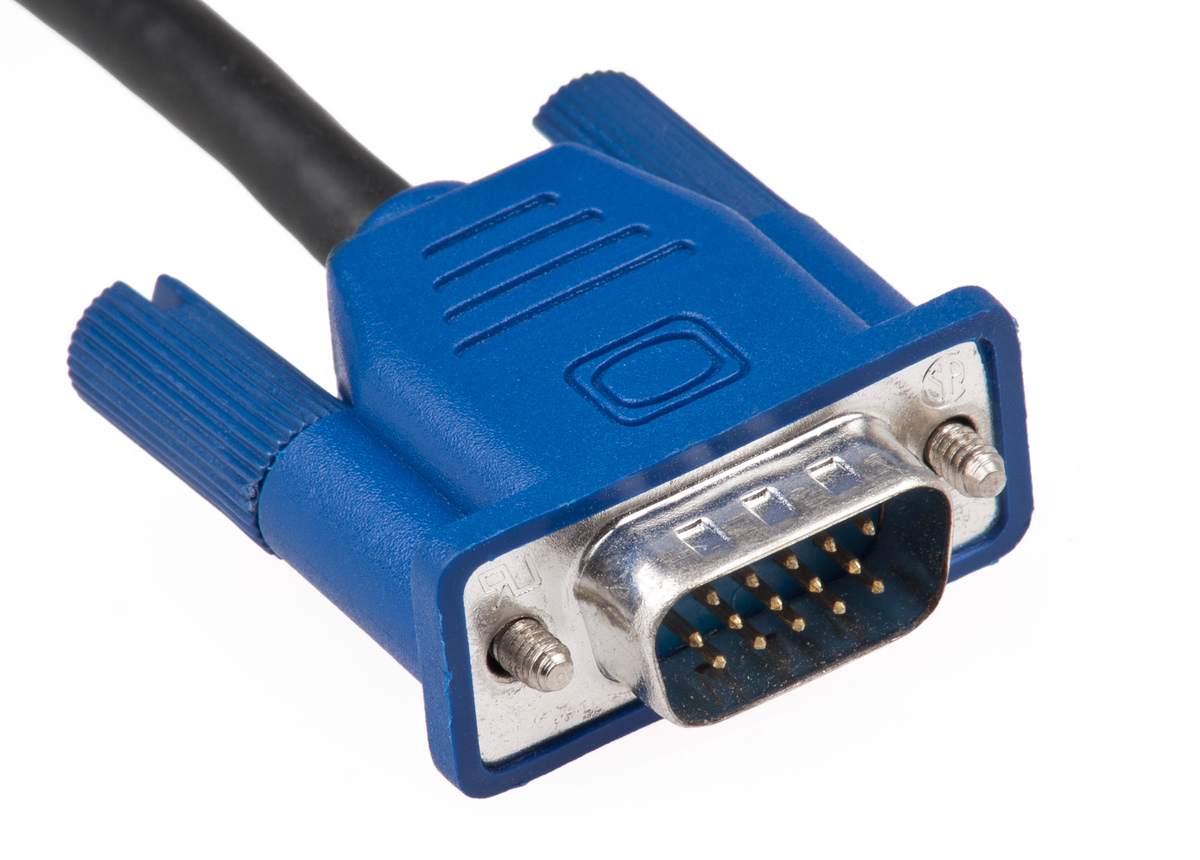
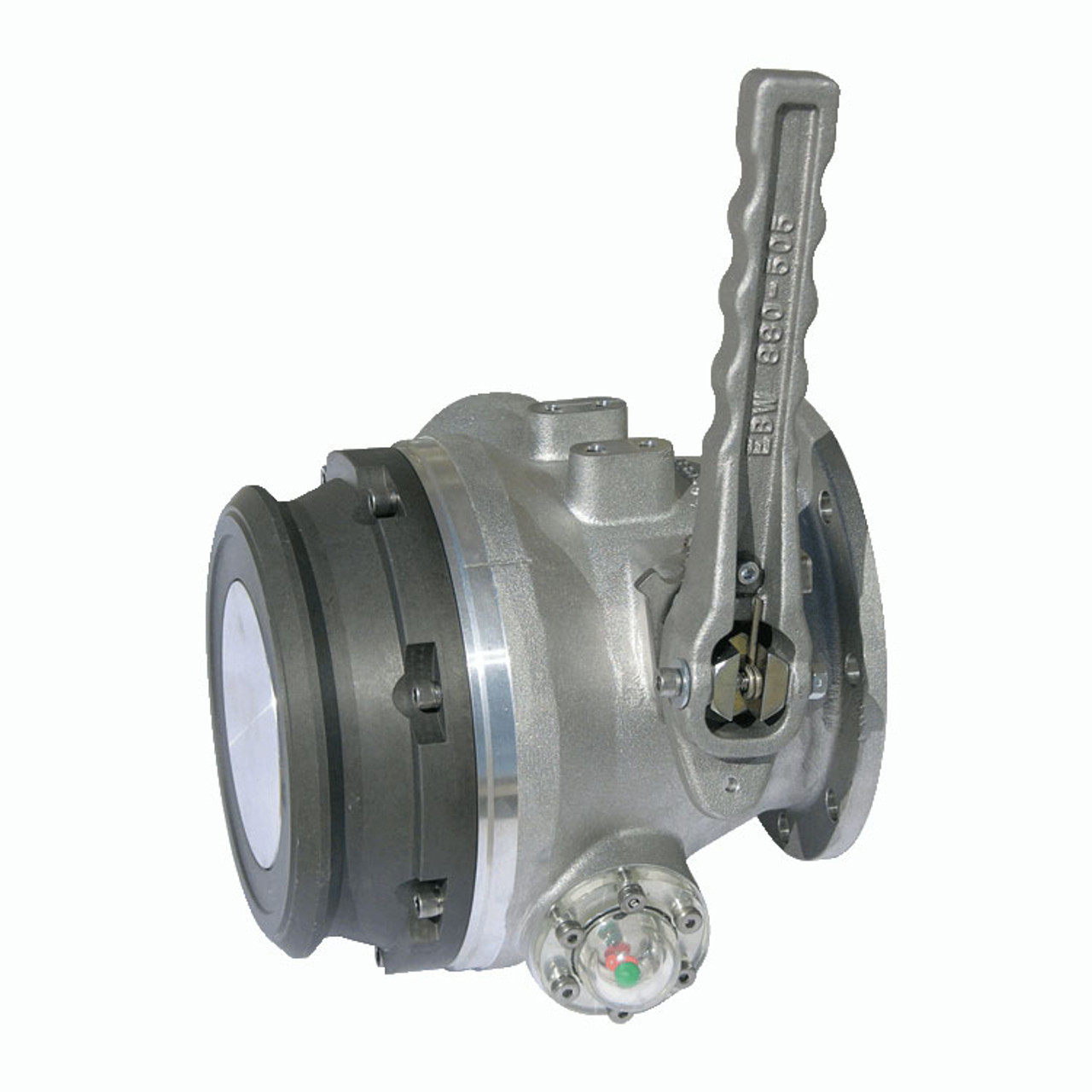
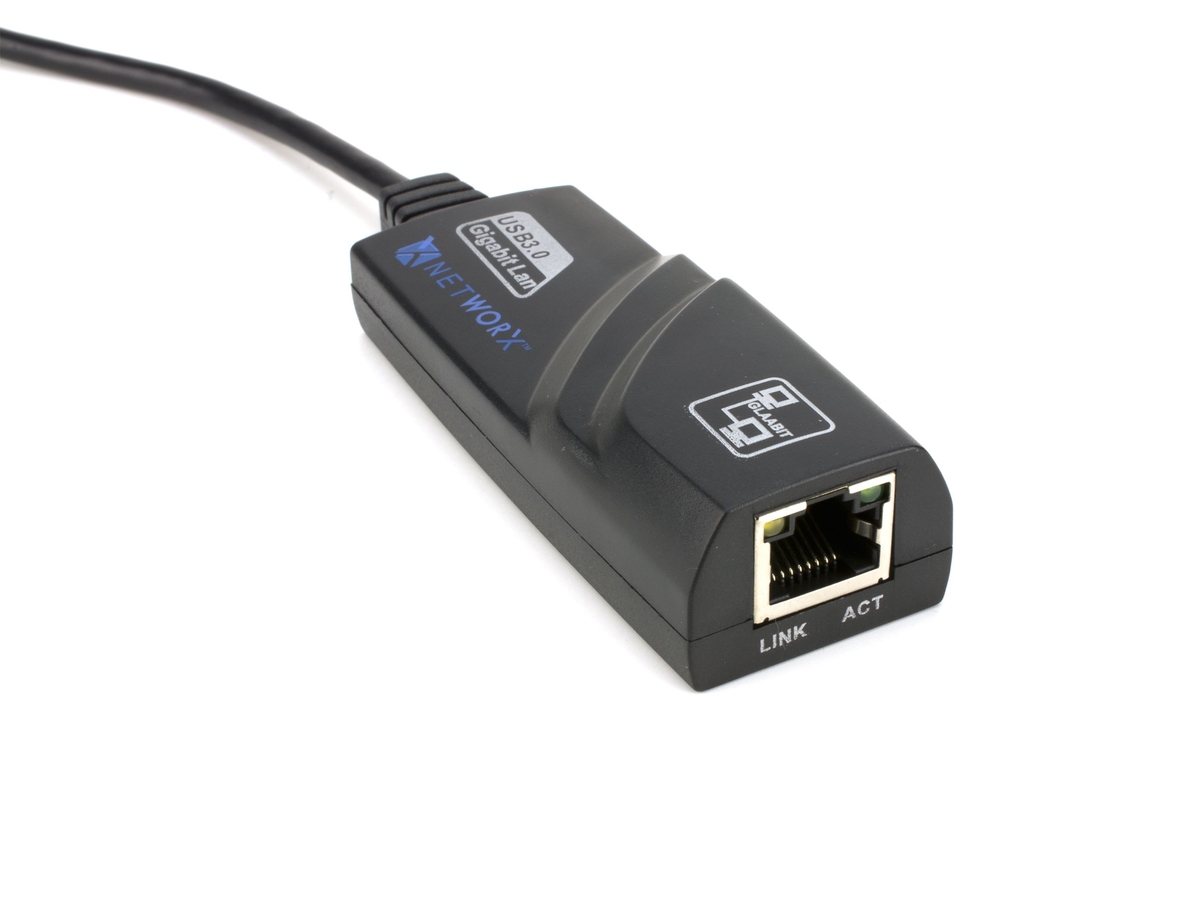
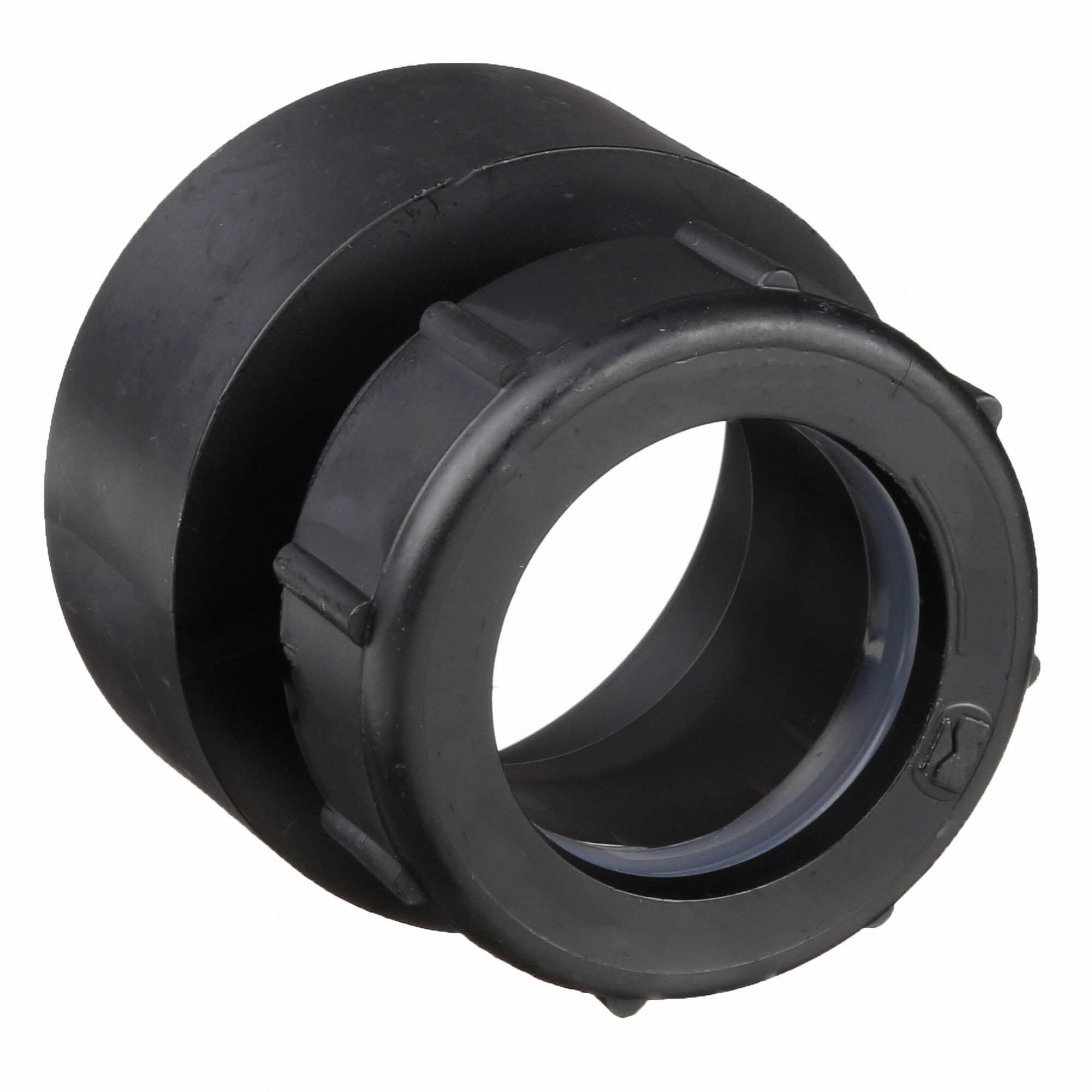
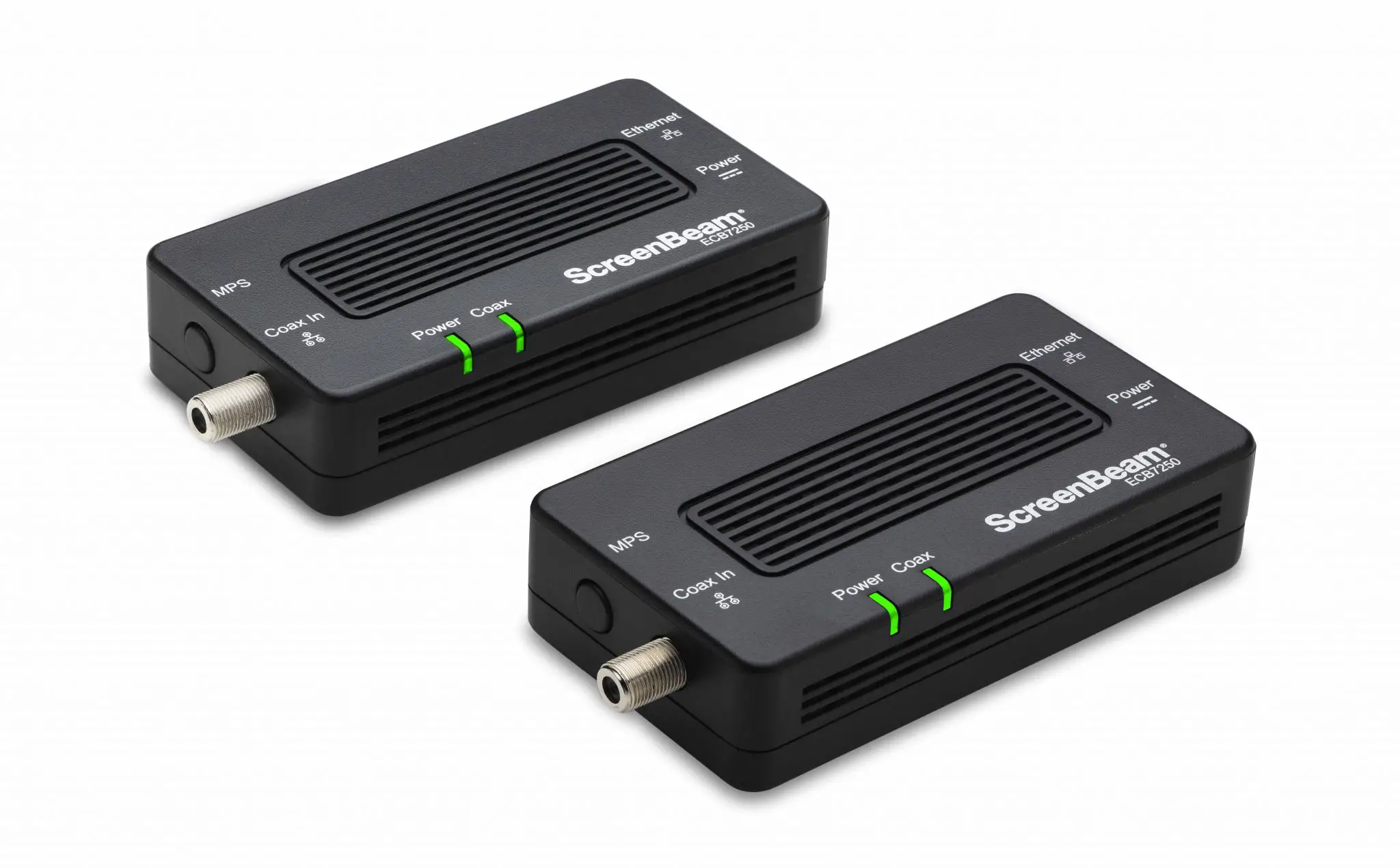
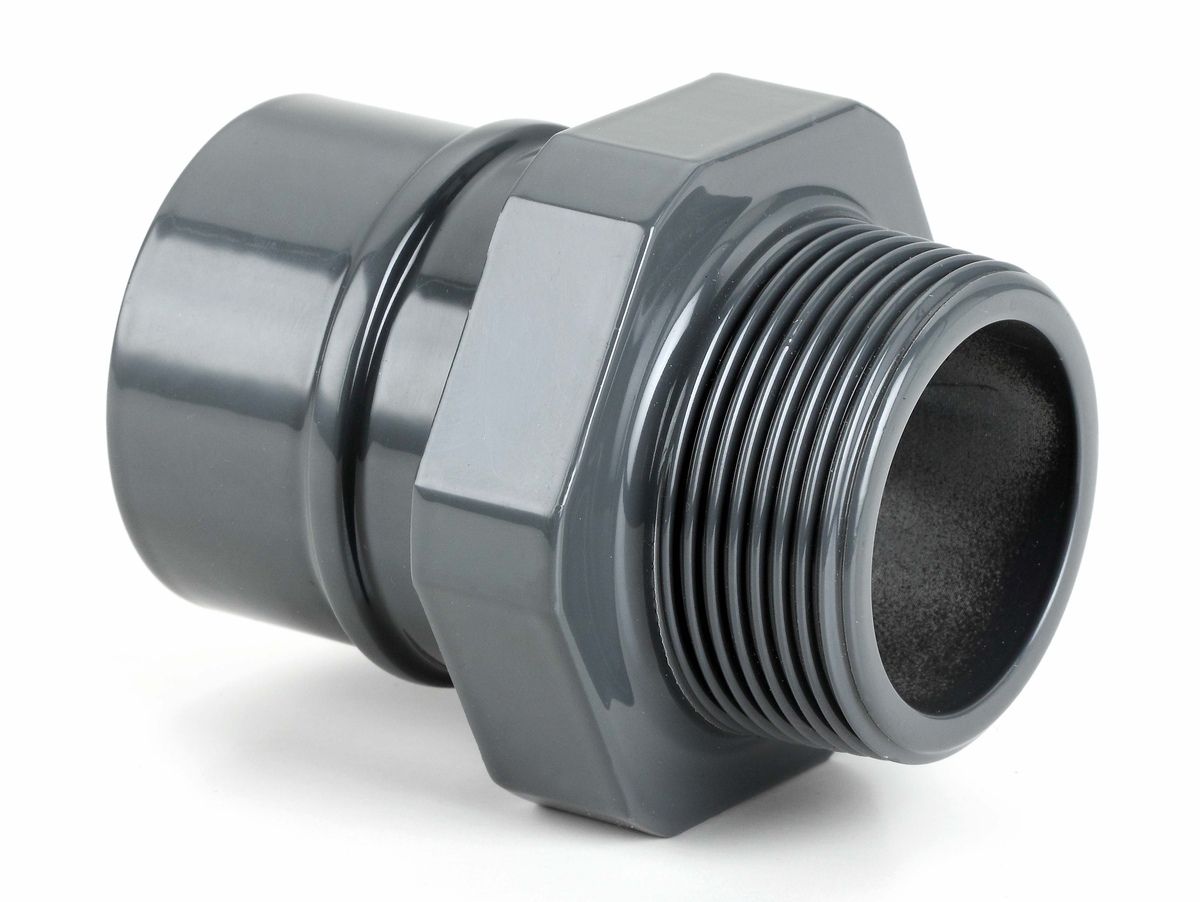
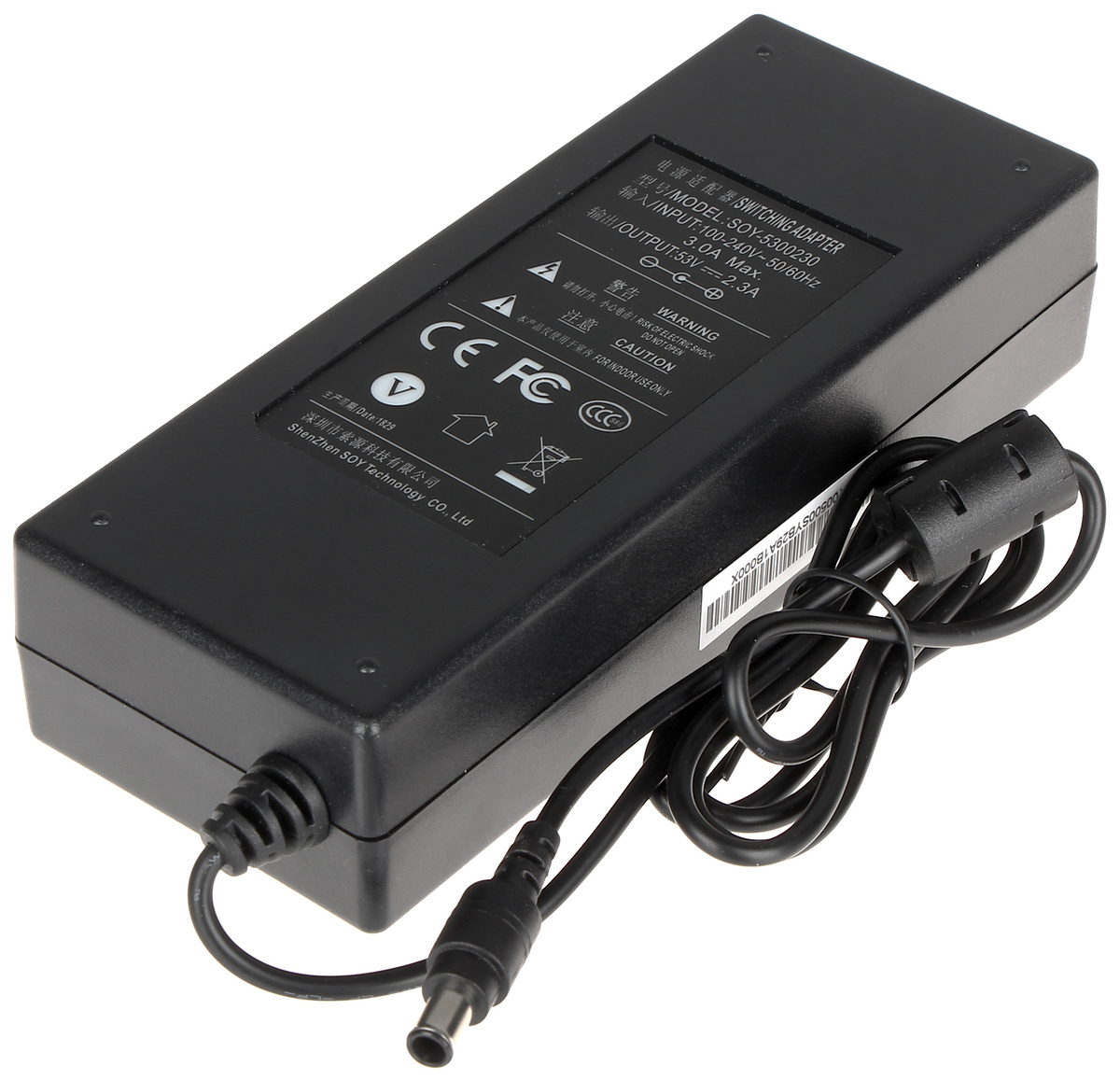
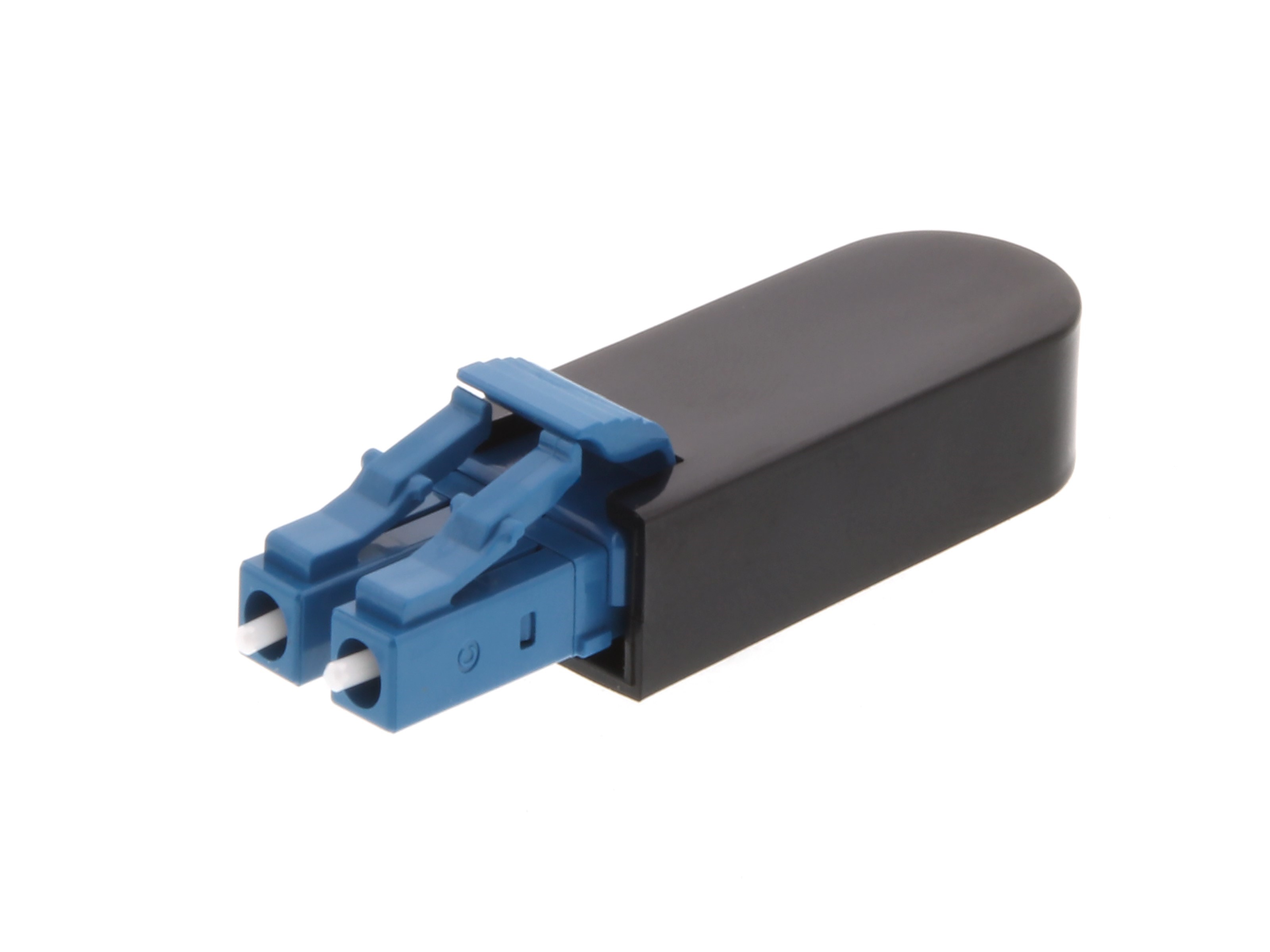
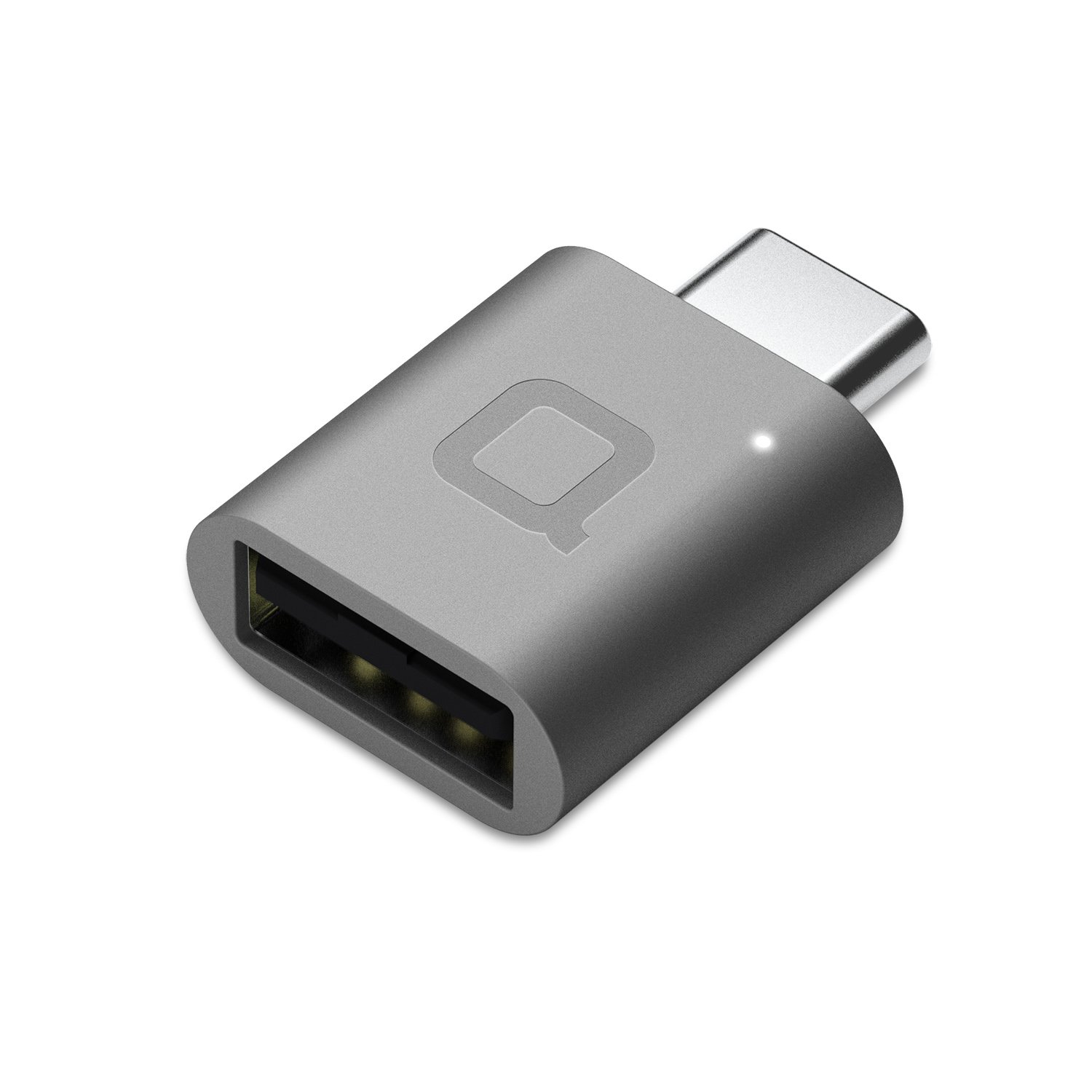
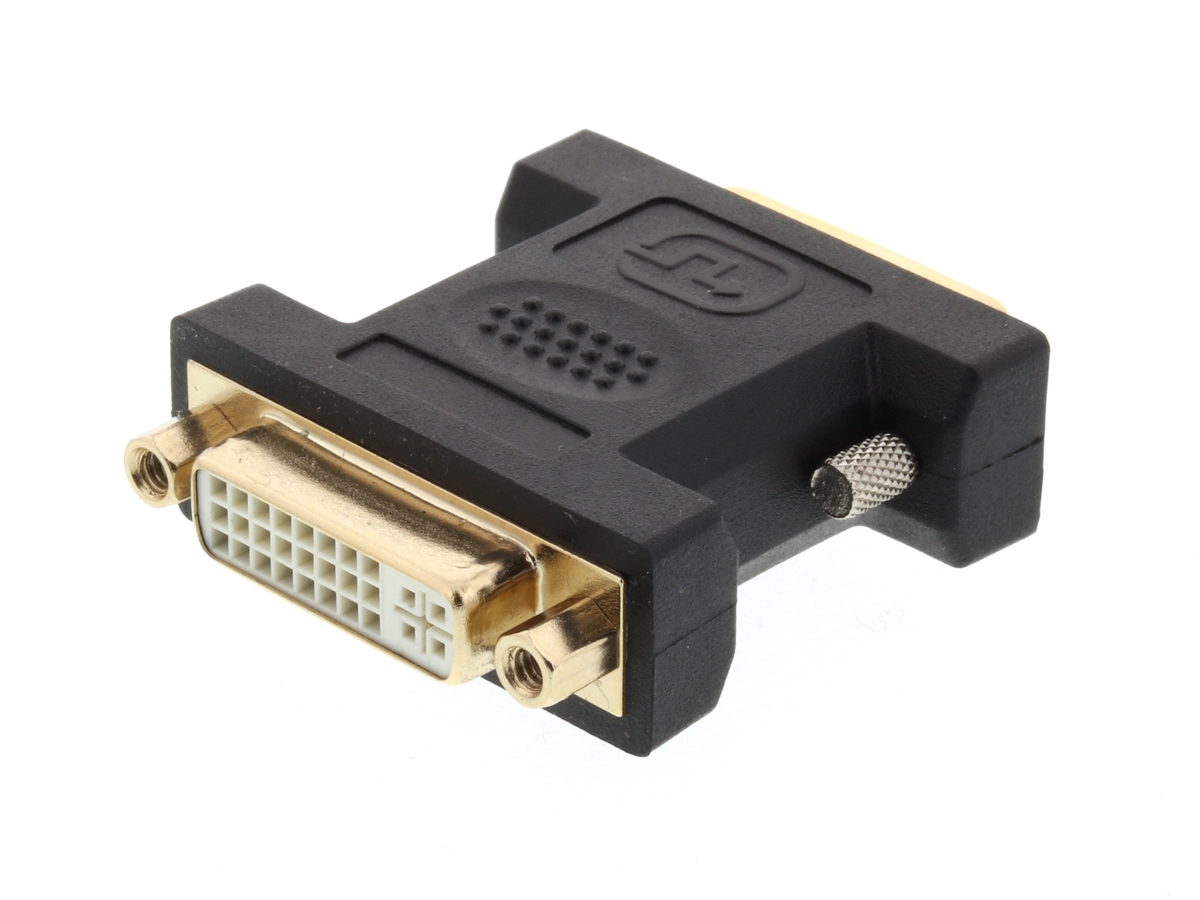
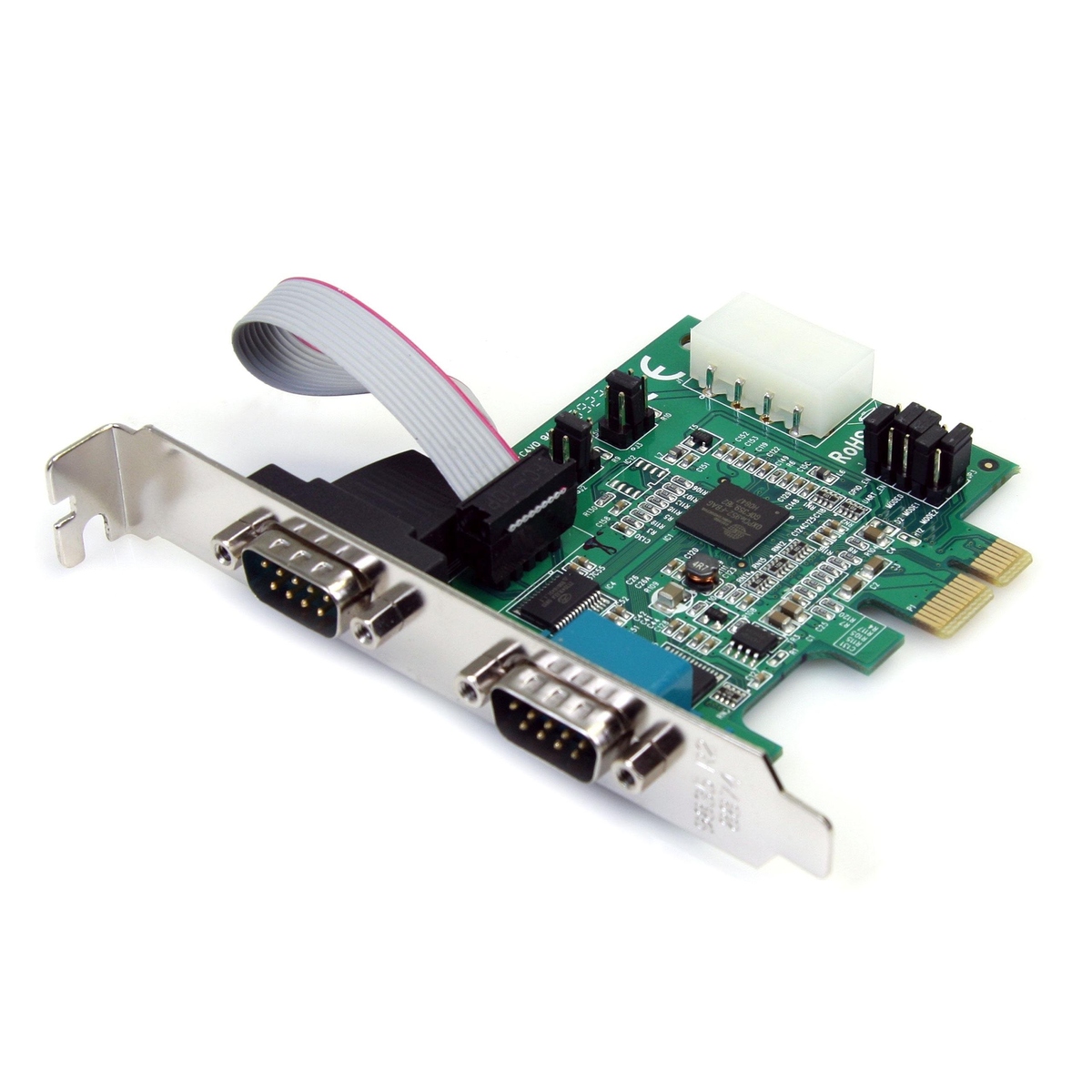
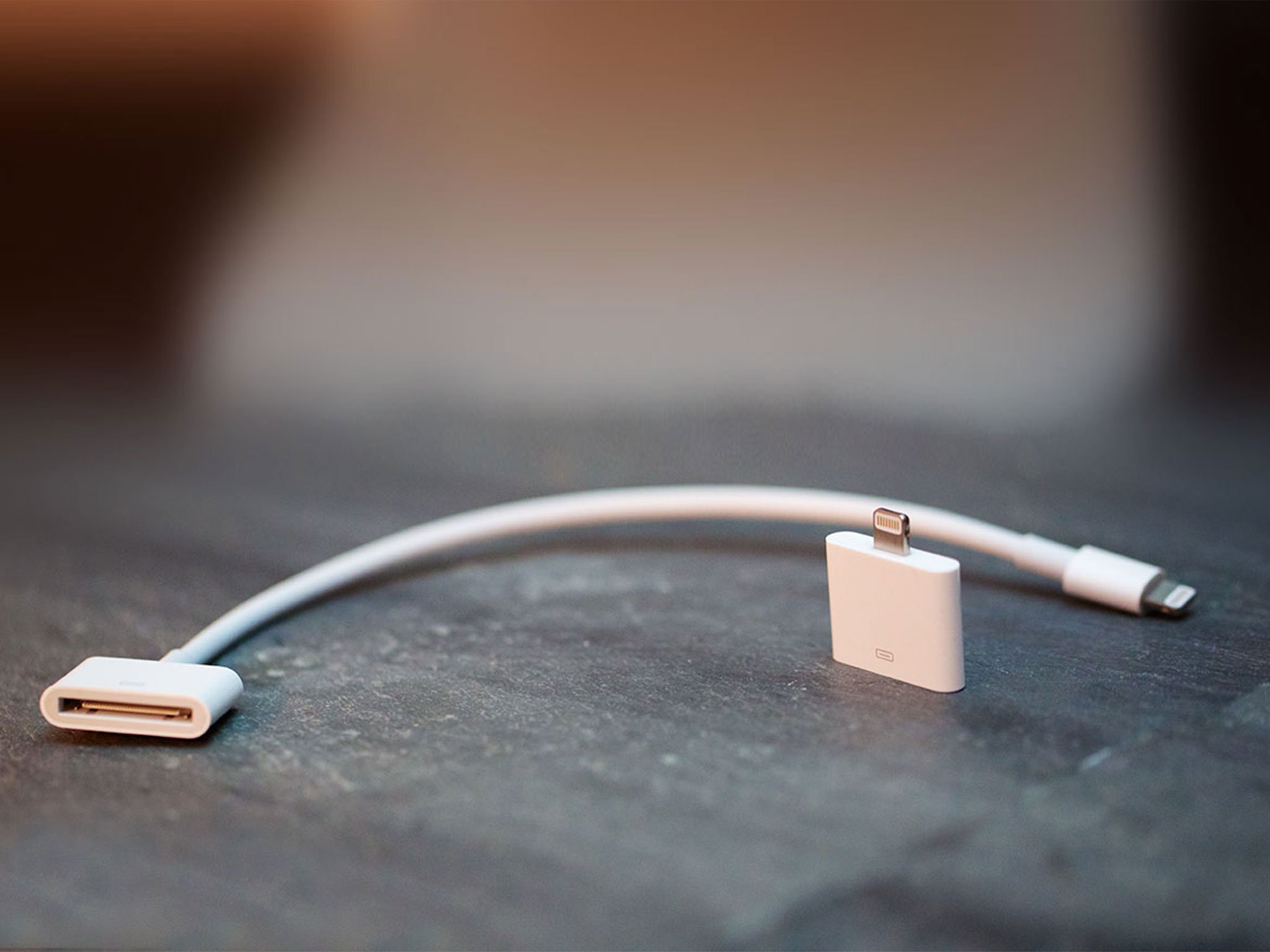
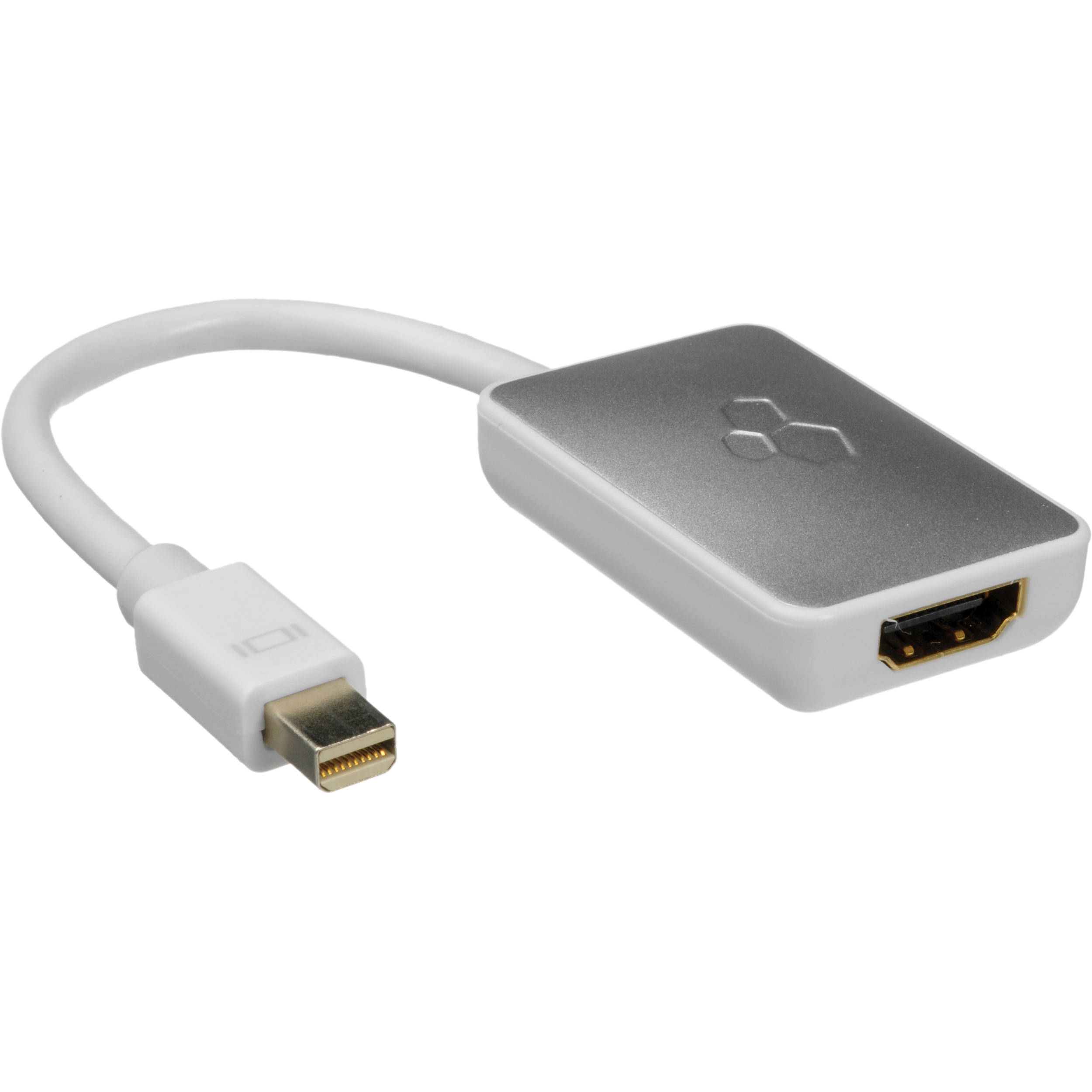

0 thoughts on “What Is A Lug Adapter”